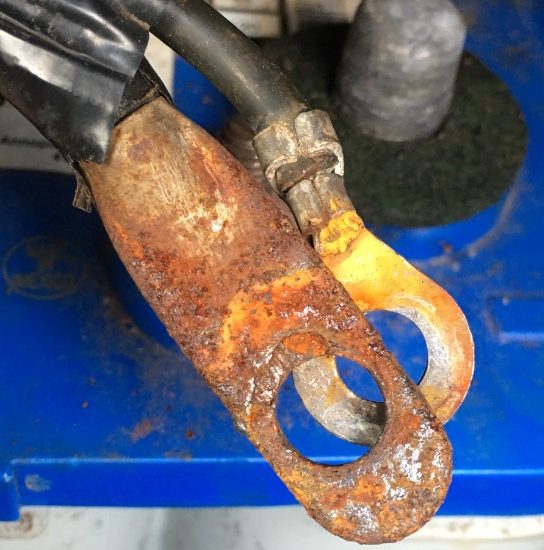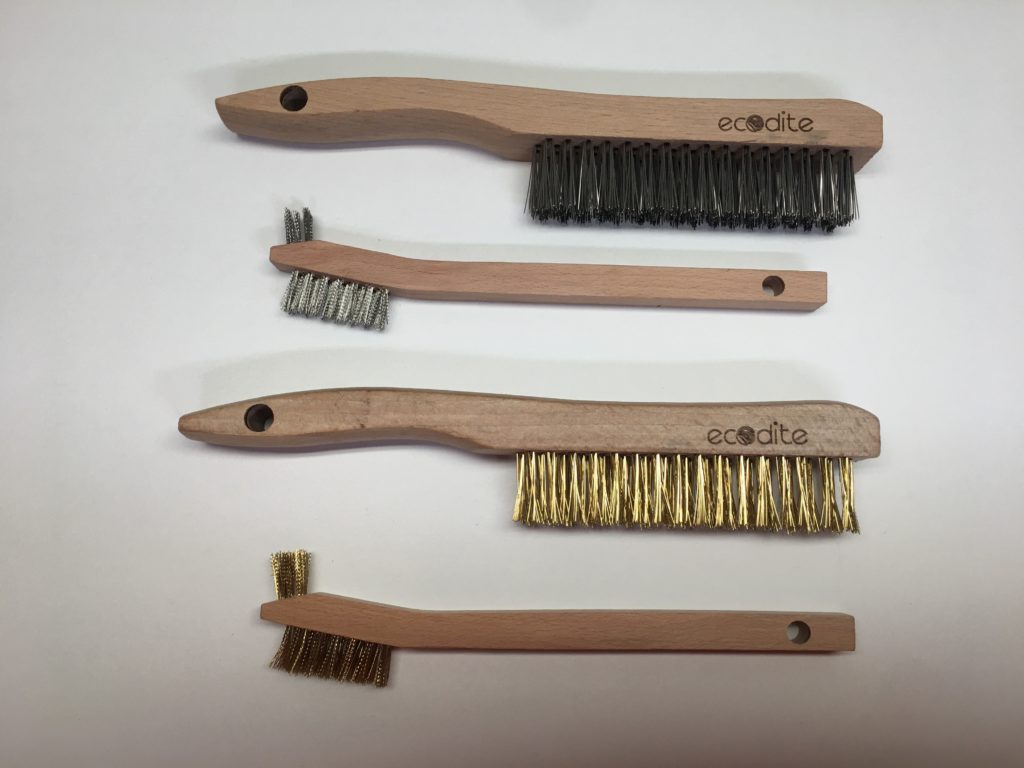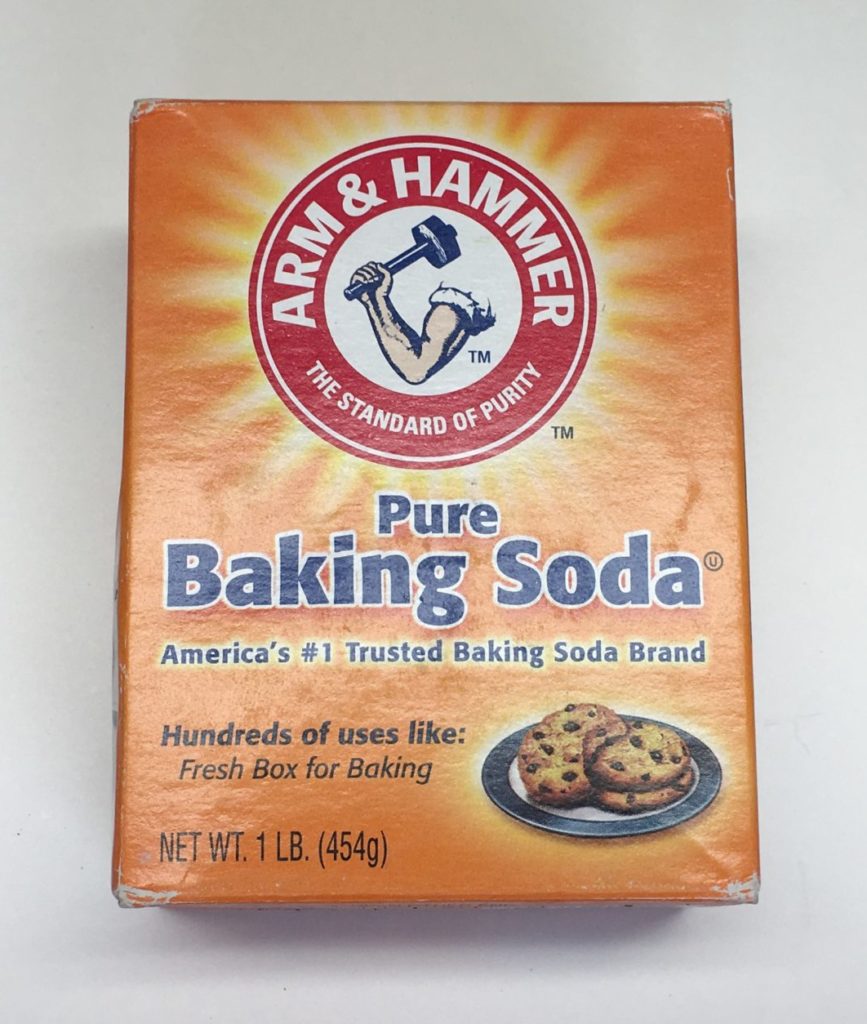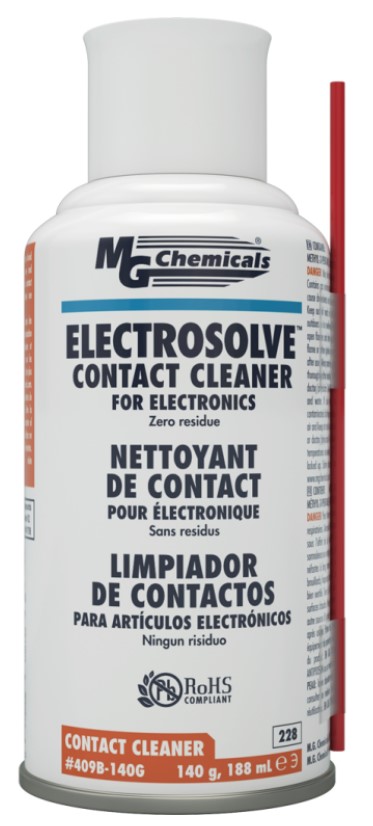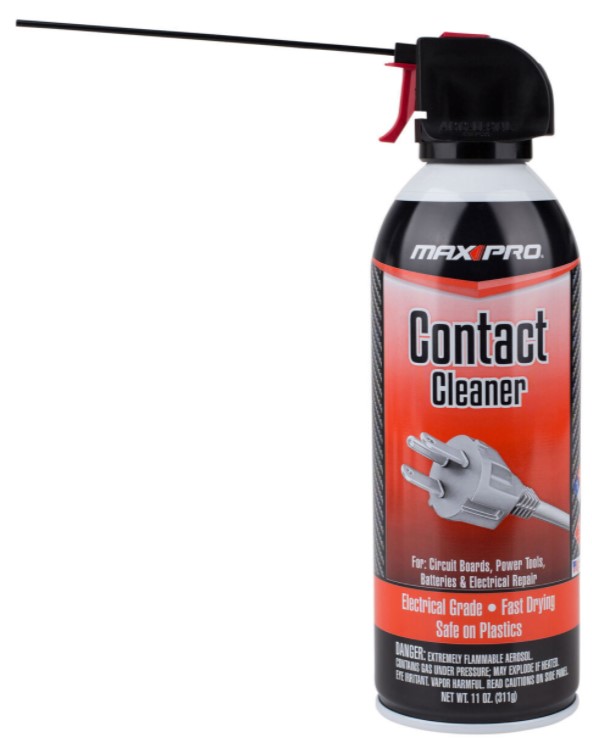You’re going to want to know the best methods to clean wire terminals if you are a DIY type of person. Whether you are replacing a component, or have found an area that has been exposed to moisture for an extended period of time, you never know what you might come across. If you have a boat that is exposed to a marine environment, this can be even worse with the constant exposure to water and even worse, salt, if near an ocean. Clean wire terminals are essential for your boats electronics. You’ll learn a little more why, and some recommendations we have to restore them.
Why Should You Clean Wire Terminals on Your Boat, Vehicle, or Other Machines?
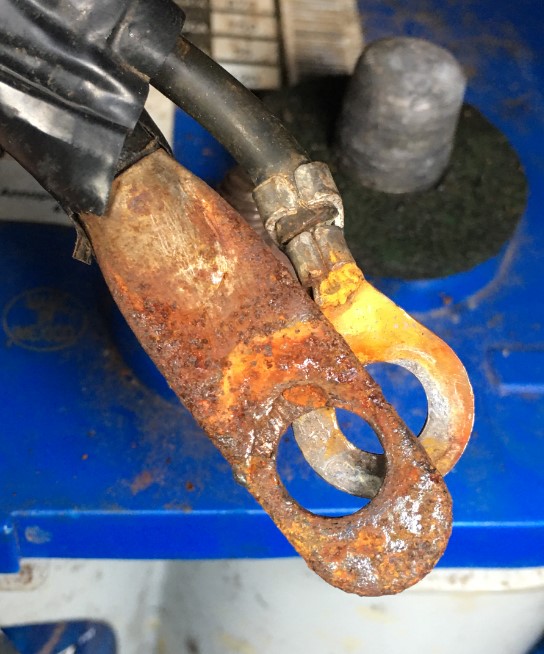
The lugs, or sometimes referred to as terminals, on your boats cables have a very important role. They are the connection points for your electrical cables to transfer the required power to different components. This can range from the power to your engines starter, ground cables, a winch, a stereo amplifier, and many other components you might not have even realized.
When the lugs on your cables become corroded and rusted, the continuity between the component they are connected to becomes affected. With less metal to metal connection, there is additional resistance in the line. This can be cleaned up a lot of the times, but sometimes lugs and other terminals get damaged to the point of no repair. They may get pitted or brittle after years of use and cleaning. If the terminal is in overall good condition and structurally stable, you can always try to clean them first. If they are beyond repair, check out our other article on some of the best lug crimpers to help you get those replaced here!
How to Clean Wire Terminals
Depending on what kind of terminal you may be cleaning, or what may be on the terminal, there may be a few different methods. There are many methods to clean wire terminals that require cheap or readily available tools you probably have laying around the house. Below we have listed a few ways we recommend to clean wire terminals so you can get your boat back in the water today!
1. Sandpaper
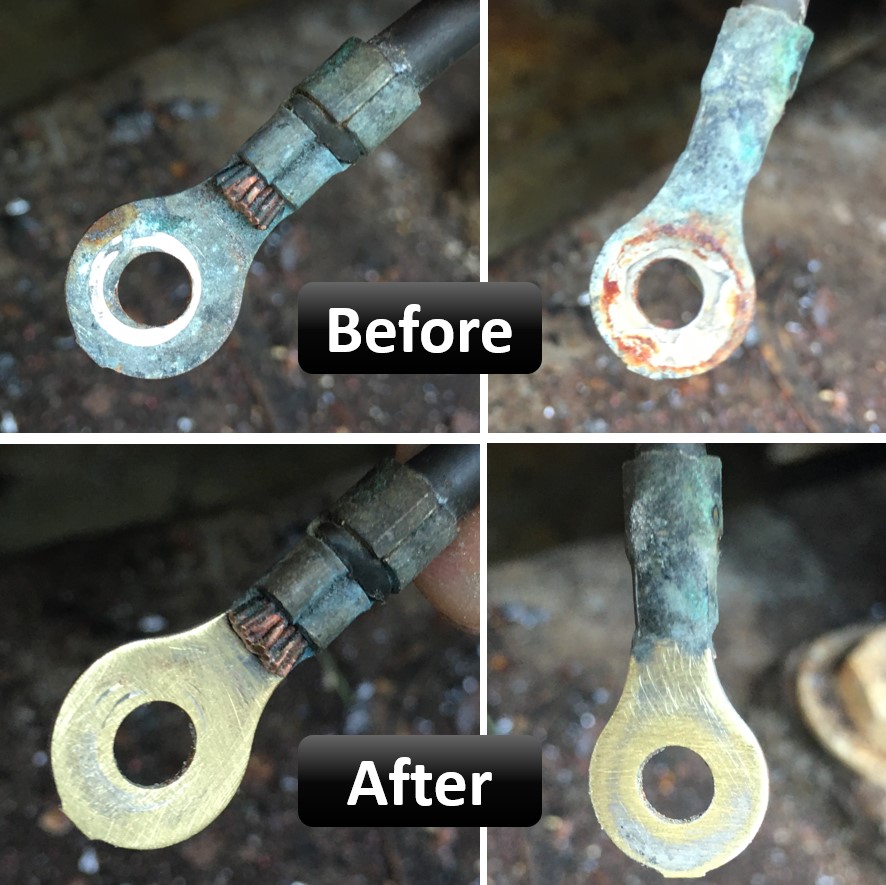
One of the easiest methods to clean wire terminals is to use a piece of sandpaper to get the corrosion, foreign material, or rust off of a terminal. This works best on terminals such as ring terminals and fork terminals but could be used on bare wire as well. Most automotive and marine wire will be multi-strand, which means many small strands inside the conductor. Typically these will be corroded all the way through to the inside so this method should only be used in a pinch for a bare multi stranded cable.
The best part about this way to clean wire terminals is that everyone usually has some sandpaper laying around. While we typically recommend a150 grit, there’s no rules saying you can’t use a different course of paper.
Best Used For:
- Cables and wires with terminals
- Connectors with accessible pins or spades
Recommended Tool:
- 150 grit sandpaper (the grit can vary depending on condition of terminal)
2. Wire Brush
Another very easy method to clean wire terminals is a wire brush. Similar to sandpaper, a wire brush is typically a tool that the average handyman (or woman!) keeps around the house. Simply take a few passes at the terminal you are looking to clean and it should have a nice shine to it in no time.
We typically recommend a wire brush for terminals that may be stationary. This can be used on cable lugs but anything smaller such as a ring terminal on a smaller size wire (say 10 AWG or smaller) may be tough to hold as the terminal will be small and the wire will flex.
Best Used For:
- Threaded studs
- Cable lugs and larger terminals
- Battery studs
Recommended Tool:
3. Wire Wheel
A wire wheel is very similar method to clean wire terminals as a wire brush. We do, however, recommend that anyone using a wire wheel to clean wire terminals take extra precaution as it could damage the terminal, cable, or even hurt someone if not careful. Simply take a few passes at the terminal you are looking to clean and it should have a nice shine to it in no time.
We typically recommend a wire wheel for terminals that may be stationary. This can be used on cable lugs but anything smaller such as a ring terminal on a smaller size wire may be tough to hold as the terminal will be small and the wire will flex. You can purchase wire wheels for grinders which can be used for larder cables that can be removed from the equipment you are working on, as well as drills and portable grinders that can be taken to the spot.
Best Used For:
- Threaded studs
- Cable lugs and larger terminals
- Battery studs
Recommended Tool:
- Steel wire wheel
4. Baking Soda
Baking soda is one of the oldest tricks in the book to clean wire terminals. This is great as baking soda is usually another item people tend to have in their house. This method is typically used for getting rid of corrosion, often seen on batteries due to gasses being released during charging. Unfortunately this method will not be helpful against rust.
Best Used For:
- Battery studs
Required Ingredients:
Directions:
- Mix about 1 1/2 tablespoons of baking soda into 1 cup of water. Depending on how much you use, you may use more water and baking soda for a heavily corroded terminal
- Once the cable terminal is disconnected from the battery, pour the mixture onto the battery terminal as well as cable terminal.
- Using a wire brush, brush the terminal with the solution to remove the corrosion
- Use water to rinse the excess solution off of the terminals once cleaned
5. Salt, Vinegar, Baking Soda
Another very effective method for cleaning corrosion off of wires can be done by again using common household ingredients. This is more intended to clean bare copper versus a way to clean wire terminals. These simple ingredients are salt, vinegar, and baking soda. This method comes in good use for stripping bare copper wires. We like this method as it can get between fine strands in a multi strand conductor unlike other methods like sandpaper. Being a liquid, it can reach where others can’t.
Best Used For:
- Copper wires
- Multi-strand conductors
Required Ingredients:
Directions:
- Fill a container with vinegar and add 1 tablespoon of salt and stir together. The solution should be mixed to a ration where there is the greatest amount of salt that will dissolve.
- In a second container, fill with water and add 1 tablespoon of baking soda. This will be enough baking soda for about 2/3 cups of water.
- Dip the wire in the first container of vinegar and salt and stir it around for roughly 2 minutes. This time may vary depending on how corroded the wire is. If it is not clean after 2 minutes, keep it in the solution for slightly longer.
- Dip the wire in the baking soda solution for 10-20 seconds. Your wire should be nice and clean at this point!
6. Contact Cleaner
Contact cleaner is a great way to clean wire terminals and contacts. It’s simply a solution that comes in a can that can be sprayed onto any contact to help clean oils and dirt. Contact cleaner will not only clean your contacts and terminals, it will also evaporate without leaving any residue, and it’s also non-conductive. Simply aim, spray, and you’re good to go! This is great for applications that are tough to reach into such as barrel connections and trailer plugs.
Best Used For:
- All kinds of terminals
- All Wires
- Plugs and connectors that have tough to reach pins
Recommended Cleaners:
Below are a few recommended contact cleaners that can be used to clean your contacts, terminals, and connectors:
CRC Contact Cleaner & Protectant
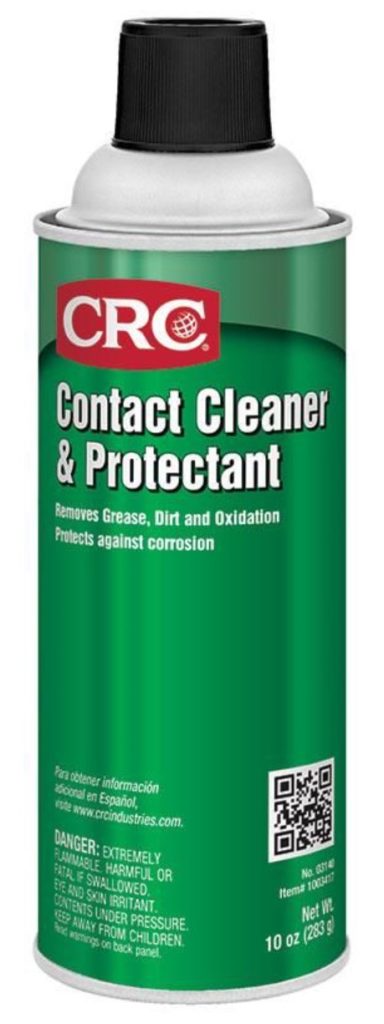
MG Chemicals Electrosolve Contact Cleaner
BW-100 Electronic Contact Cleaner
Max Pro Contact Cleaner
Final Thoughts
No matter what method you choose to clean boat wires and terminals, the important thing is that it’s being done. There are many tools, tricks, and solvents out there to help aid in this task. We hope this article has helped put a few of them together to make your work easier, and boat more enjoyable.
Smooth Sailing Marine is powered by product recommendation partnerships.
If we have helped you in your product decision or marine project, you can help us by purchasing through our links. We thank you for your support, we couldn’t be here without our awesome readers!

